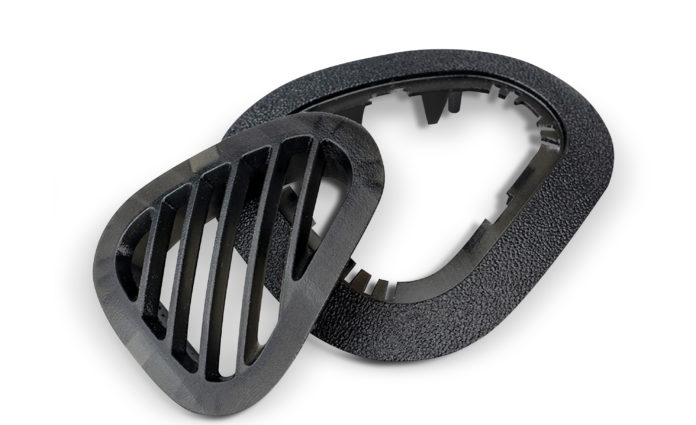Materials are at the heart of 3D Systems’ solutions portfolio for additive manufacturing. As a matter of fact, the array of production-grade materials unveiled in 2019 enabled companies to explore new applications in their production processes.
These materials include Figure 4 PRO-BLK 10, Figure 4 EGGSHELL-AMB 10, Figure 4 HI TEMP 300-AMB, Figure 4 FLEX-BLK 20 ,to name a few of them and they deliver significant improvements in the printing process when it comes to print yield, heat deflection, UV stability, durability, flexibility and impact strength.
Moving forward, the manufacturer has added a new level of transparency in its clients-oriented solutions by enabling consistent materials test data for its Figure 4® 3D printing platform.
“Until this point, materials testing data provided by the industry has been incomplete for production applications and of little value to engineers accustomed to data that accompanies injection molded plastics,” said Marty Johnson, technical fellow, 3D Systems. “If an engineer is going to use any material for true production applications, they need a comprehensive set of data which meets industry standards in order to evaluate its efficacy. 3D Systems recognizes how these standards help improve product quality, enhance safety, facilitate market access and trade, and build consumer confidence. Testing to both ASTM and ISO standards allows us to address a broad set of manufacturers worldwide and usher in the use of additive for true production.”
Searching for the ideal material’s appropriateness
The search for appropriate AM materials can be really challenging for customers. Therefore, enabling them to proceed to life testing of parts/components or higher biocompatibility ratings is a huge benefit for them – as they will avoid loose time and money in materials that do not perfectly meet their production requirements.
According to the specialist, electrical life testing for instance, can take anywhere from 1,000 to 4,000 hours (approximately three – 12 months) to complete including time on the testing equipment, operator time, and time to market. Before a company makes such a significant investment, they want to have assurance that the selected material is appropriate for the application. Having the knowledge of a material’s dielectric properties per industry standards beforehand saves engineers needing to conduct several rounds of testing – at approximately two weeks per material – to find a candidate to pass initial dielectric properties before going into long term life testing.
There is no doubt that the addition of this service to 3D Systems’ 3D printing technology, software and services will enable its customers to reach unprecedented level of applications in various industries.
Remember, you can post free of charge job opportunities in the AM Industry on 3D ADEPT Media or look for a job via our job board. Make sure to follow us on our social networks and subscribe to our weekly newsletter : Facebook, Twitter, LinkedIn & Instagram ! If you want to be featured in the next issue of our digital magazine or if you hear a story that needs to be heard, make sure to send it to contact@3dadept.com.






